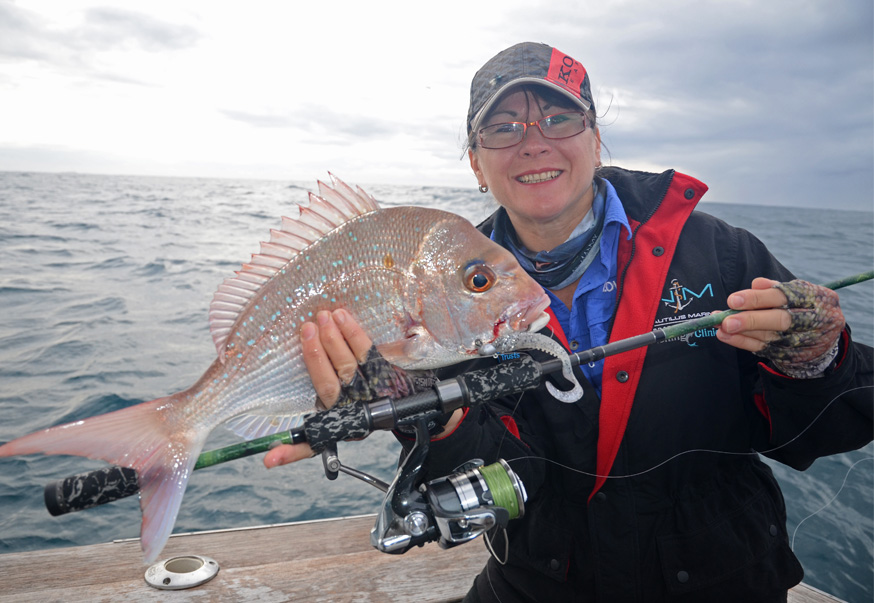
Over the next few Soft Plastic Secrets blogs I want to have a good long look at the fascinating subject of customizing soft plastics. In my opinion, this is an avenue of tackle tinkering that far too few anglers explore. Most buy their supplies of soft plastics from the store and seem to assume that these versatile lures must be used in exactly the form they were packaged in by the manufacturer. In reality, nothing could be further from the truth!
Perhaps this notion that the maker knows best and that anglers shouldn’t “fiddle” with their products is a carry over from the world of hard-bodied luring. Beyond perhaps upgrading or replacing hooks and rings, very few anglers actively modify hard bodied lures made from metal, plastic or timber. There are exceptions to this rule, of course. For example, some switched-on trout chasers have been adding bright, pea-sized red spots with lighter-coloured halos to their minnows, plugs and spoons for years, especially when fishing the pre-spawn and post-spawn runs of trout in autumn and spring. I first helped to popularize this custom colouration almost three decades ago, and gave it the name “spotted dog” in my writings. That label has stuck, and has even been picked up by some commercial lure makers. But I certainly can’t claim to have “invented” the actual spotted dog pattern. In fact, it was first shown to me by a very canny Finnish trout fisher in the early 1980s, and it had been used in his home country (with great success) for at least a generation or two prior to him telling me about it. There is very little under the sun that is truly “new”!
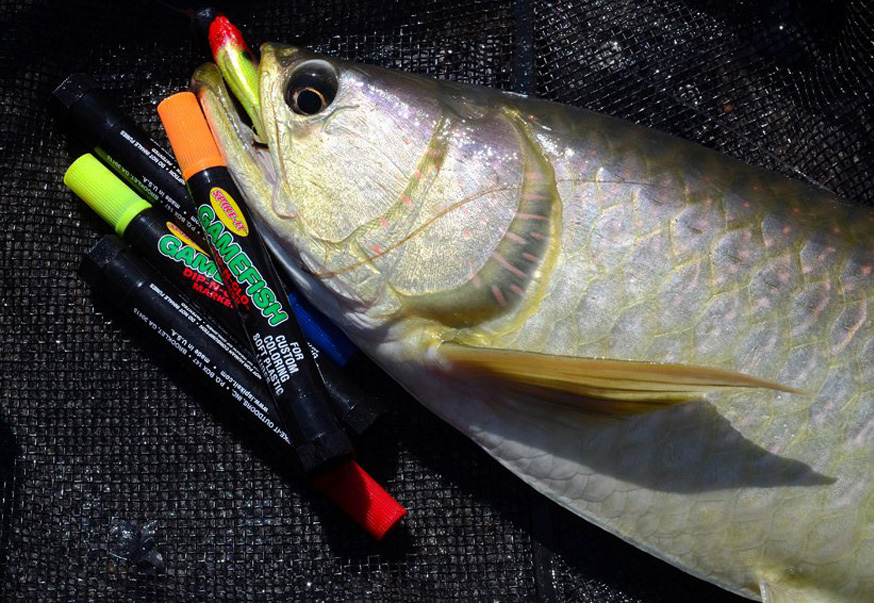
The spotted dog pattern works because it mimics the flank markings of mature, pre-spawning brown trout and apparently triggers territorial aggression in other fish. It is one of those rare examples of a colouring tweak that can dramatically increase your catch rates, at least when used in the right place and at the right time.
I’m often asked to rate the importance of colour in the lure selection process, and over time I’ve developed a stock standard response to that common query. It goes something like this: Colour isn’t usually all that important, but when it isimportant, it can be critical! In other words, in my humble opinion, colour isn’t very often the single. key, criteria in successful lure selection… but on those relatively rare occasions when it makes a difference, colour can make a hugedifference.
This answer might sound like a cop-out or a riddle at first glance, but it’s not meant to be. What I mean is that, most times, the running depth, size, action and speed of your lure are all far more important issues than its colour. But sometimes, just sometimes, you can get all of those other key factors exactly right and still only catch half as many fish (or less!) as a fellow angler who adds a particular colour choice to those other selection criteria.
We’ve all been in that boat (or on that stretch of bank) where one colour or even one particular shade of colour out-fishes everything else by a country mile. Not having that tone in your collection is a bad situation to find yourself in. This is one reason why those of us who are serious about our lure fishing amass such large and diverse collections of hardware in every hue of the rainbow. You just never know when that day will dawn on which purple or pink or puce or passion fruit pavlova is the killer colour!
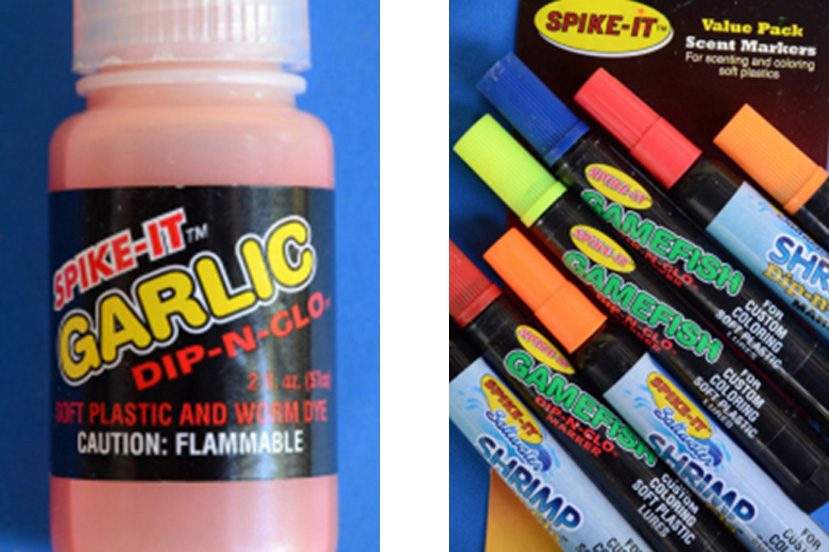
I wish there were hard and fast rules for colour selection when lure or fly fishing but, unfortunately, there aren’t. I can give you some broad guidelines I’ve come up with over more than four decades of fishing, and I’m happy to do so. For example, I tend to use natural, neutral, life-like and fairly subdued tones in very clear water, brighter colours in dirtier water and very dark, solid colours like black, midnight blue or purple at night and in filthy water. There are sound principles behind those general rules of colour selection, but they should never be regarded as more than a starting point and a basis for experimentation and observation. Exceptions abound.
Matching the hues and patterns of bait fish or other prey items present in the water where you’re fishing almost always makes sense, too. Less easy to explain is the frequent success that comes from matching the water colour itself, or the tones of the target fish you’re pursuing. But I have seen these principles work far too often to ignore them: Green lures in greenish water, or brown lures in brown water. Naturalistic redfin-coloured lures for catching redfin, life-like trout fingerling patterns when chasing trout, or brick red lures for tempting rusty-flanked mangrove jacks.
Certainly, all these species are known to be cannibalistic at times, but I suspect there’s a little more to it than that. It could just be that the eyes of these predators are particularly sharp and well attuned in that band of the spectrum containing their own species’ colours. Such an adaptation would make sense. We may never know the full reason for sure, but these are still colour selection principles well worth observing and testing, like the ones described earlier.
The range of lure models, patterns, sizes, actions running depths and, yes,colours on the market today is nothing short of mind-boggling, and can actually become confusing, even for experienced anglers. We all want to be armed for as many potential on-water situations as possible. However, it’s just not practical to cover all the bases every single time… Not without your tackle collection completely taking over your boat! Land-based anglers are obviously even more restricted than boaties. Hard decisions need to be made about what to pack and what to leave behind, especially if you’re hiking any distance to fish.
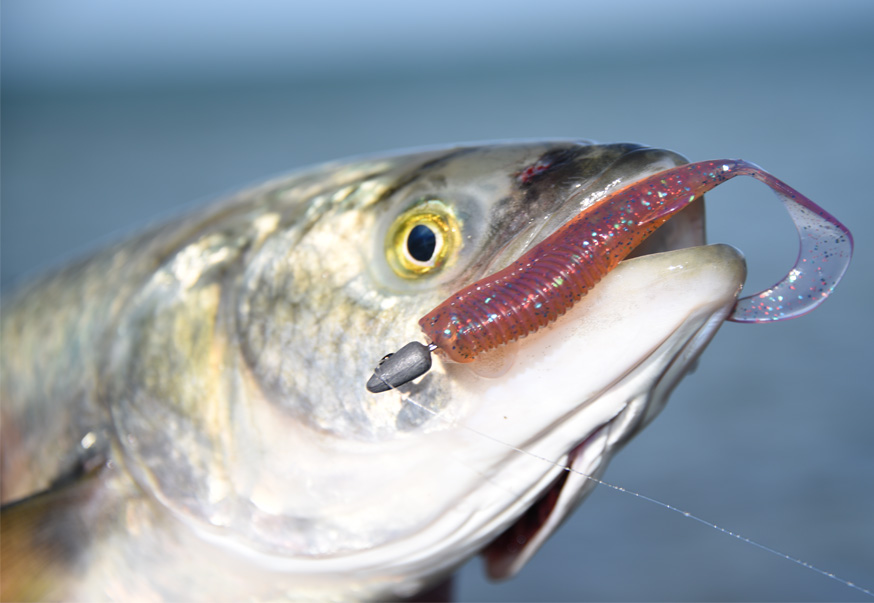
One of the easiest ways to tweak or fine tune your soft plastic lures is to alter their colours to suit prevailing conditions, to “match the hatch”, or simply to satisfy your personal preferences. Here’s how to do it…
One way to free up your choices in the colour selection department is to carry some form of marker pen collection, or a couple of fast-drying dyes, and to make and test colour modifications right there in the field. Most permanent marker pens will colour soft plastics, although it can be hard to add significant changes and variations to lures that originally have a dark-based colour scheme. Just as in house painting, it’s much easier to put dark over light than vice versa. For this reason, anglers with an urge to try some on-water customization would do well to consider packing some white plastics or other light colours in their kit. These provide an ideal base for creative customization.
One drawback with most of the standard permanent marker pens you’ll find on the shelves of your local newsagent or stationery supplier is the very strong, chemical odour of the ink or dye they dispense. I doubt that this smell is attractive to fish! Fortunately, there are some purpose-made lure marking pens and dip-able dye pots on the market that not only lack that acrid chemical whiff, but have actually been impregnated with odours that are claimed to be attractive to fish.
The best of these products that I’ve used to date come from the imported Spike-It range. These products include lure pens and fast-dying tubs of dye that are actually intended to bond with the molecular structure of most PVC-based soft plastics, and which are “flavoured” with a range of scents including garlic, shrimp and what the company describes as “gamefish”. Over the years, I’ve had good results with all of these, on everything from Murray cod to mulloway.
Spike-It’s lure pens are probably the most useful and versatile option. The dip-it tubs give a very strong colour that stays on the lure extra well, but you’re obviously limited in the patterns you can create. Normally, you need to dip either the head or tail of the lure into the tub, and you’ll end up with a distinct two-tone effect. However, this can be great for the tails or heads of shads and fish-shaped soft swim baits, for example.
Two words of warning about the dip tubs: Firstly, they can react badly with some makes of soft plastic and actually dissolve or eat away at the lures. So, always test one tail from a batch first and, if you’re short of lures, make it an old, worn, ripped or otherwise damaged tail. (I’m pleased to report that Spike-It’s Dip-N-Glo dye is perfectly compatible with the Squidgy softies that I have a close personal involvement with.)
Secondly, avoid spilling or knocking over an open bottle of this stuff! It will badly stain carpets, boat decks, clothing and the like and, if it’s a scented variety, the odour will linger a long time. I spilt so much garlic scented Spike-It in one of my earlier boats while competing in bream and bass tournaments that the vessel’s interior ended up smelling like a very old pizza delivery van!
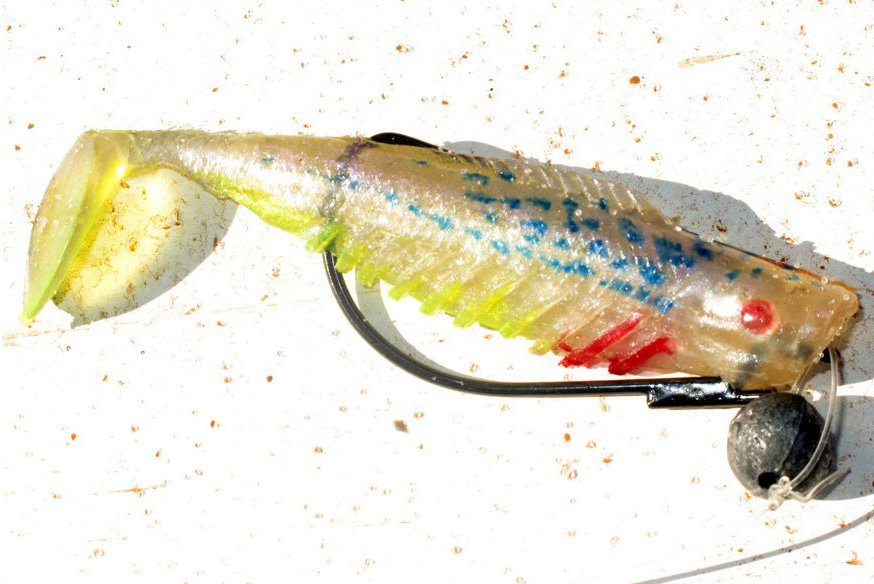
My best advice when using these purpose-made pens and dyes to modify and customize your soft plastics is to tread gently and use only subtle applications of after-market colouration. Think in terms of adding highlights and features, rather than a total re-paint. Sometimes, less is more. It’s also desirable to maintain the translucency and semi-transparency that is so often a feature of highly productive softies. Don’t make them opaque with an overly heavy application of marker dye.
Adding a flush of colour to the tail or gill area of an artificial bait can sometimes work wonders. So, too, can the addition of lateral lines, gills, spots, scale patterns and brighter eyes. Where these pens and dyes really come into their own, however, is on those occasions when the fish are showing a clear preference for a particular tone that you don’t happen to have in your lure collection. That’s the time to grab a white, clear or pale coloured soft plastic and paint it up to match the hatch.
Lure customising can become quite an addictive pastime. Playing with after-market colours is just one small part of the customisation jigsaw, as you’ll hopefully see in coming blogs. But it’s also a great place to start. So. grab some lure marking pens and dyes and get cracking, or rather, colouring in!